Walker Thisted, BuiltWorlds producer and resident architect, recently traveled to New York to attend Architizer’s A+ Awards. There, he caught up with Roger Krulak, founder and CEO of Full Stack Modular. We’ve featured Krulak before on BuiltWorlds (see here and here). Let’s see what he’s up to now.

BuiltWorlds has had the opportunity to follow the work of Roger Krulak since he spoke at the 2016 CEO Tech Forum (now the BuiltWorlds Summit). At the time, Krulak had just completed 461 Dean Street in Pacific Park, Brooklyn with Forest City Ratner — the developer of the building. Following its completion, Forest City was no longer interested in exploring modular construction and so Krulak purchased the entire modular division, took over the long-term lease of the modular manufacturing facility at the Brooklyn Navy Yards, and purchased all of the assets associated with the business.
Now, a year later, Krulak has refined the production process and begun selling his modular building components and freestanding homes to developers who are eager to take advantage of the efficiency, safety, and cost savings that his production method supports.
Hand-in-Hand: Construction + Manufacturing
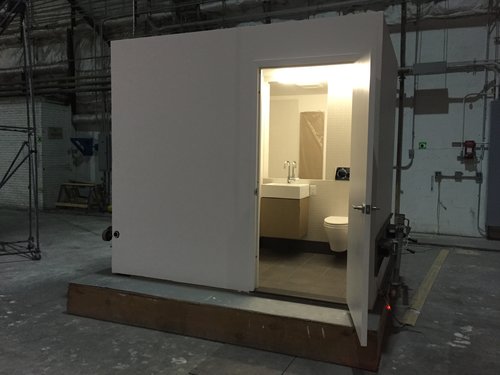
Understanding construction as a production process deeply connected to the manufacturing sector is key to the rapid progress that Krulak has made over the last year. Rather than thinking about each of the building components individually or the trades as distinct, the modular production process integrates all of the components along a production line supported by cutting edge visualization and laser scanning technology, fed by easily accessed materials, and outfitted for varying building typologies, materials, and scales depending on the specific nature of the project being built.
The results of this process are buildings and freestanding dwellings — such as the prototype that he developed for the city of New York to replace homes destroyed by Hurricane Sandy — that have a sense of solidity derived from the steel chassis on which they are built and level of refined detail that the precise conditions of the factory allows for.
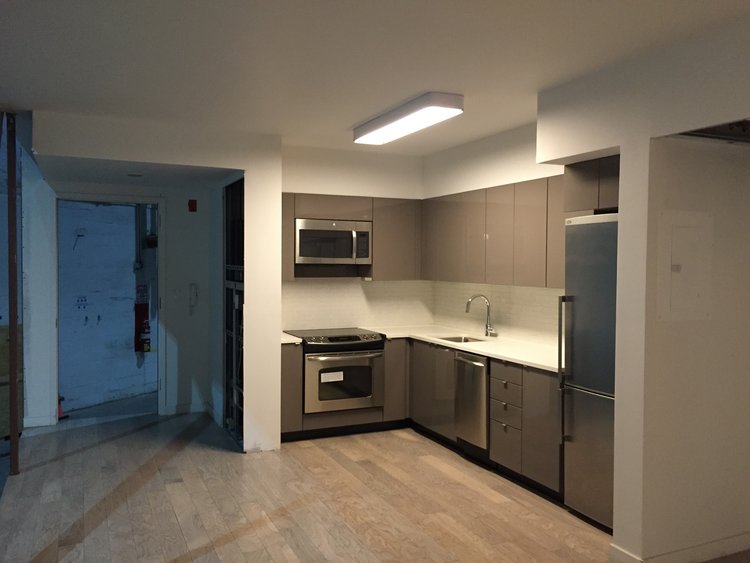
This refined approach has led to six new commissions that will be announced in the coming months ranging in typology from transient living to single family homes and hotels. Full Stack will begin each commission by having their in-house team of licensed architects create advanced schematics and will then go out for permits. Simultaneously, they will begin organizing the products that require long lead times as they finish negotiations with the parties involved.
Four to eight weeks later, they will start receiving chassis from the steel fabricator that they have contracted to do this work. The chassis will then move along one of eventually 2 assembly lines in the Navy Yards factory before eventually being packaged and shipped to the construction site. This currently will occur over land, but the location at the Navy Yards will support shipping via barge in the future.
Redefining Our Way of Thinking

By thinking of the rooms within a building as fully formed and outfitted products, Krulak is paving the way for a revolution in how we think about building and living in space. This shift will allow end users to select materials, surfaces, and layout in order to customize their experience with the parameters of the modular system.
One could even imagine a situation where the end-user selects the number of bedrooms and bathrooms they want, the type and organization of the kitchen, the type of space for dining and entertaining, and special amenities such as a home theater in a similar manner to how one customizes a car.
Or: a developer could use this customer input to crowd source and fund a new building by collecting customized orders until a critical mass is reached that allows the developer to optimize the configuration of the building and then begin construction. This approach would dramatically reduce the risk that the developer would have to take while also giving each resident a uniquely tailored space.
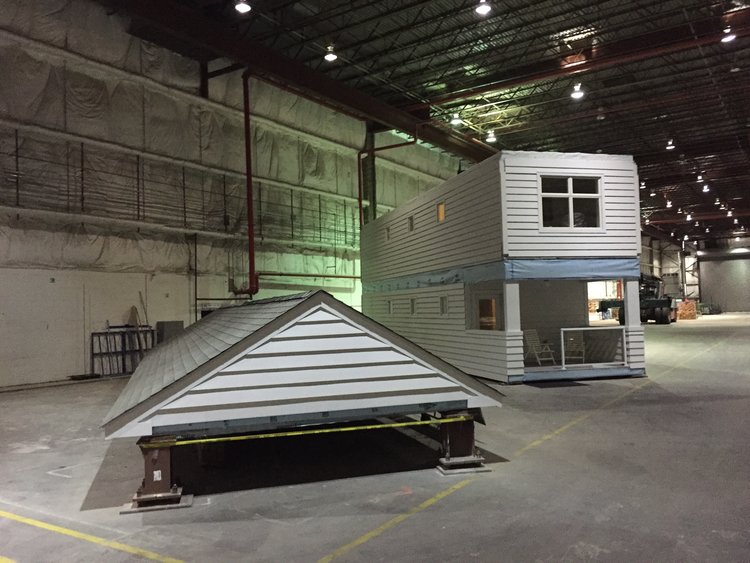
The question would then be whether these unique spaces would stand out in a crowded apartment market or be passed over by the next generation of buyers for their idiosyncrasies. It would most likely be the case that the quality of the design of the modules themselves and the care of execution would play a big role in determining the ultimate success of this approach.
In the meantime, we are excited to see Full Stack Modular ready to ramp up production and eager to report on the first products to roll off the line.

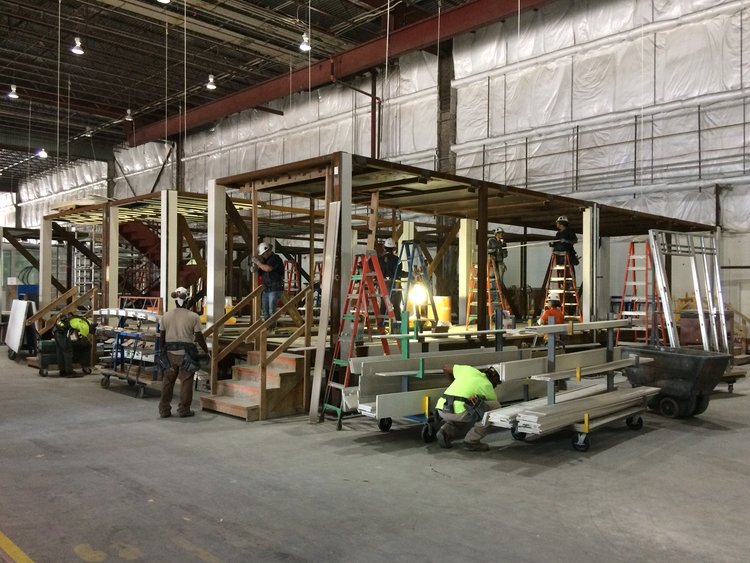

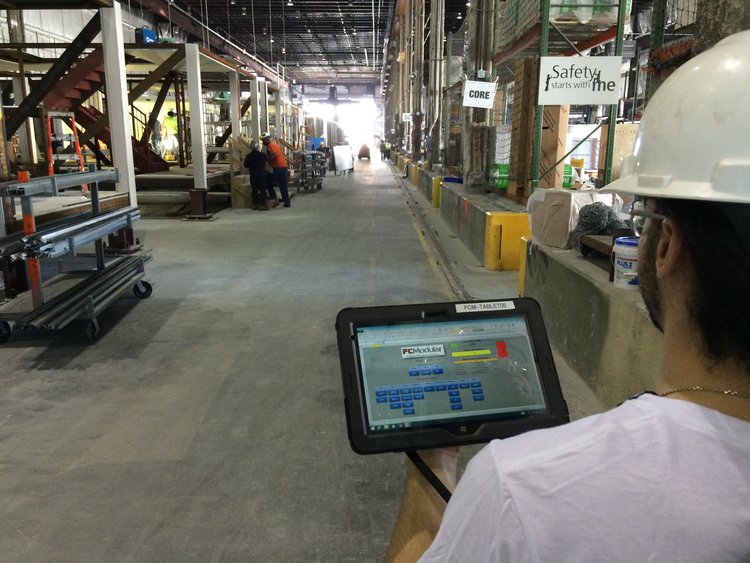



Discussion
Be the first to leave a comment.
You must be a member of the BuiltWorlds community to join the discussion.